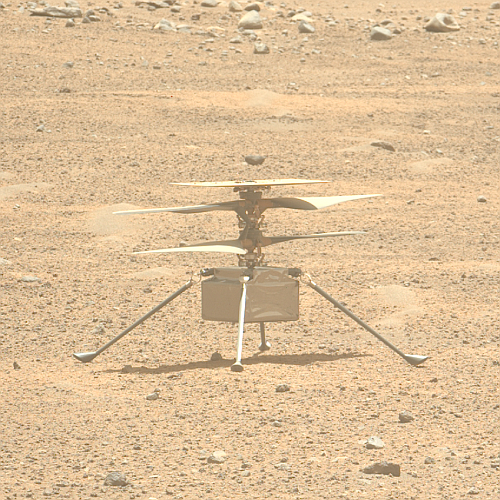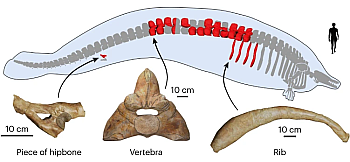August 3, 2023 Quick space links
Courtesy of BtB’s stringer Jay.
- Northrop Grumman to upgrade Cygnus freighter
The changes will increase its payload capacity, allow it to dock directly to a port rather than being berthed by a robot arm, and — most importantly — refine is ability to raise ISS’s orbit using its engines. This last capability replaces the Russians, and will be a need that future commercial stations will require.
- Rumors suggest Blue Origin is considering buying Ball Aerospace
Considering the other rumors that suggest it also is interested in buying ULA, it increasingly appears Blue Origin needs to buy other companies to get anything built.
- ESA will not live stream the long duration static fire engine test of Ariane-6 on the launchpad
The reporter is disappointed because he says NASA, SpaceX, and ULA “have live-streamed comparable tests.” It think he is overstating the number of such tests that have been aired live.
Courtesy of BtB’s stringer Jay.
- Northrop Grumman to upgrade Cygnus freighter
The changes will increase its payload capacity, allow it to dock directly to a port rather than being berthed by a robot arm, and — most importantly — refine is ability to raise ISS’s orbit using its engines. This last capability replaces the Russians, and will be a need that future commercial stations will require.
- Rumors suggest Blue Origin is considering buying Ball Aerospace
Considering the other rumors that suggest it also is interested in buying ULA, it increasingly appears Blue Origin needs to buy other companies to get anything built.
- ESA will not live stream the long duration static fire engine test of Ariane-6 on the launchpad
The reporter is disappointed because he says NASA, SpaceX, and ULA “have live-streamed comparable tests.” It think he is overstating the number of such tests that have been aired live.















